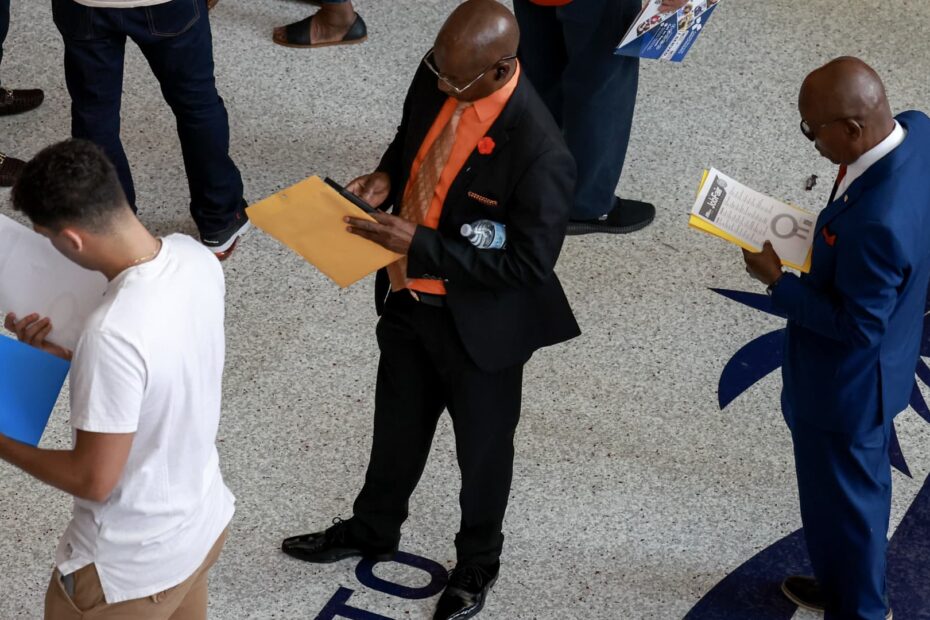The jobless rates for Black and Hispanic men saw a significant decrease in the month of September, according to the latest data from the Bureau of Labor Statistics. This positive trend comes as a welcome relief after months of economic uncertainty and high unemployment rates caused by the COVID-19 pandemic.
In September, the unemployment rate for Black men dropped to 11.6%, down from 13.0% in August. Similarly, the jobless rate for Hispanic men fell to 10.3%, compared to 11.3% the previous month. While these rates are still higher than the national average of 7.9%, the decline is a promising sign that these communities are starting to recover from the economic downturn.
There are several factors that may have contributed to the decrease in jobless rates for Black and Hispanic men. One possible reason is the gradual reopening of businesses and industries as states lift lockdown restrictions. As more businesses resume operations, job opportunities are becoming available again, providing these communities with more employment options.
Additionally, the federal government’s stimulus measures, such as the Paycheck Protection Program and enhanced unemployment benefits, have helped to support workers who have been impacted by the pandemic. These financial assistance programs have provided a safety net for individuals who have lost their jobs, allowing them to meet their basic needs while they search for new employment.
It is also worth noting that the overall job market has been showing signs of improvement, with the economy adding back millions of jobs in recent months. This growth in employment opportunities has benefited all demographic groups, including Black and Hispanic men, who have historically faced higher levels of unemployment compared to their white counterparts.
While the decrease in jobless rates for Black and Hispanic men is certainly a positive development, it is important to remember that there is still work to be done to ensure that these communities have equal access to economic opportunities. Addressing systemic barriers to employment, such as discrimination and lack of access to education and training, will be crucial in creating a more inclusive and equitable labor market.
As the economy continues to recover from the impact of the pandemic, it is essential that policymakers and employers prioritize the needs of marginalized communities and work towards creating a more diverse and inclusive workforce. By investing in programs and initiatives that support the economic advancement of Black and Hispanic men, we can build a stronger and more resilient economy for all.
